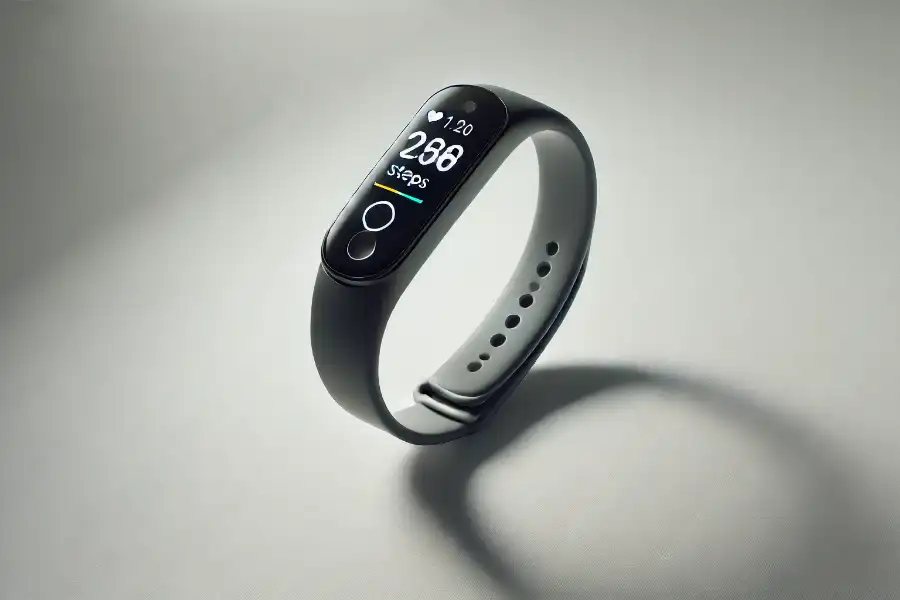Exploring Wrist-Worn Intelligence: A Comprehensive Guide to Smart Bands

Smart bands, as a member of the smart wearable device family, have gained popularity due to their convenient features and stylish appearance. This article will provide you with a comprehensive understanding of smart bands, from their basic introduction to selection tips, major brands, and some user-concerned extended content.
Introduction to Smart Bands
A smart band is a small device equipped with various sensors, worn on the wrist, capable of monitoring the user’s physical activity and health status. Common features include step counting, heart rate monitoring, sleep analysis, calorie consumption recording, and more. Smart bands typically connect to smartphones via Bluetooth, syncing collected data to corresponding applications for users to view and analyze their health status.
Advantages and Disadvantages of Smart Bands
Advantages
- Health Monitoring: Smart bands can monitor heart rate, blood oxygen levels, sleep quality, and more in real-time, helping users understand their health status.
- Activity Tracking: Recording steps, distance, calorie consumption, and other data helps users formulate and adjust their exercise plans.
- Convenient Notifications: Features like call, SMS, and social media notifications ensure users don’t miss important information.
- Long Battery Life: Most smart bands have long battery life, allowing for days or even a week of use on a single charge.
Disadvantages
- Data Accuracy: Although the sensor technology in smart bands is constantly improving, data accuracy can still be affected by various factors.
- Screen Size: Due to size limitations, the screens of smart bands are relatively small, which might not be convenient for viewing detailed information.
- Phone Dependency: Most features require connection to a smartphone, adding a level of dependency.
How to Choose the Right Smart Band for You
- Functional Needs: Choose a smart band based on your needs. If primarily used for exercise, opt for products with professional sports modes; if more concerned about health monitoring, focus on the accuracy of heart rate and blood oxygen functions.
- Battery Life: Select a product with suitable battery life based on your usage habits. Generally, the longer the battery life, the more convenient it is to use.
- Comfort and Design: Since a smart band is worn all day, its comfort and design are equally important. Choose a band that is comfortable to wear and meets your aesthetic preferences for a better user experience.
- Compatibility: Ensure the smart band is compatible with your phone. Different brands and models may have varying system requirements.
Major Smart Band Brands Today
Apple
Although the Apple Watch series is more akin to a smartwatch, its powerful health monitoring and activity tracking features make it popular among high-end users.
Fitbit
As an early leader in smart bands, Fitbit offers a range of feature-rich and stylish smart bands to meet different user needs.
Garmin
Garmin’s smart bands are known for their professional sports and health monitoring features, making them ideal for fitness enthusiasts and professional athletes.
Xiaomi
Xiaomi’s smart bands are widely popular due to their high cost-performance ratio and abundant features, making them a top choice for the general market.
Extended Information of User Interest
Water Resistance
Most smart bands have a certain level of water resistance, suitable for everyday activities like washing hands and rain exposure. However, for activities like swimming or diving, users should confirm whether the band’s water resistance rating meets the requirements.
Data Privacy
Smart bands collect a lot of personal health data. Users should pay attention to the manufacturer’s data privacy policy to ensure their data is properly protected.
After-Sales Service
Choosing brands with good after-sales service ensures timely resolution of issues when the device encounters problems, protecting user rights.




Post Comment